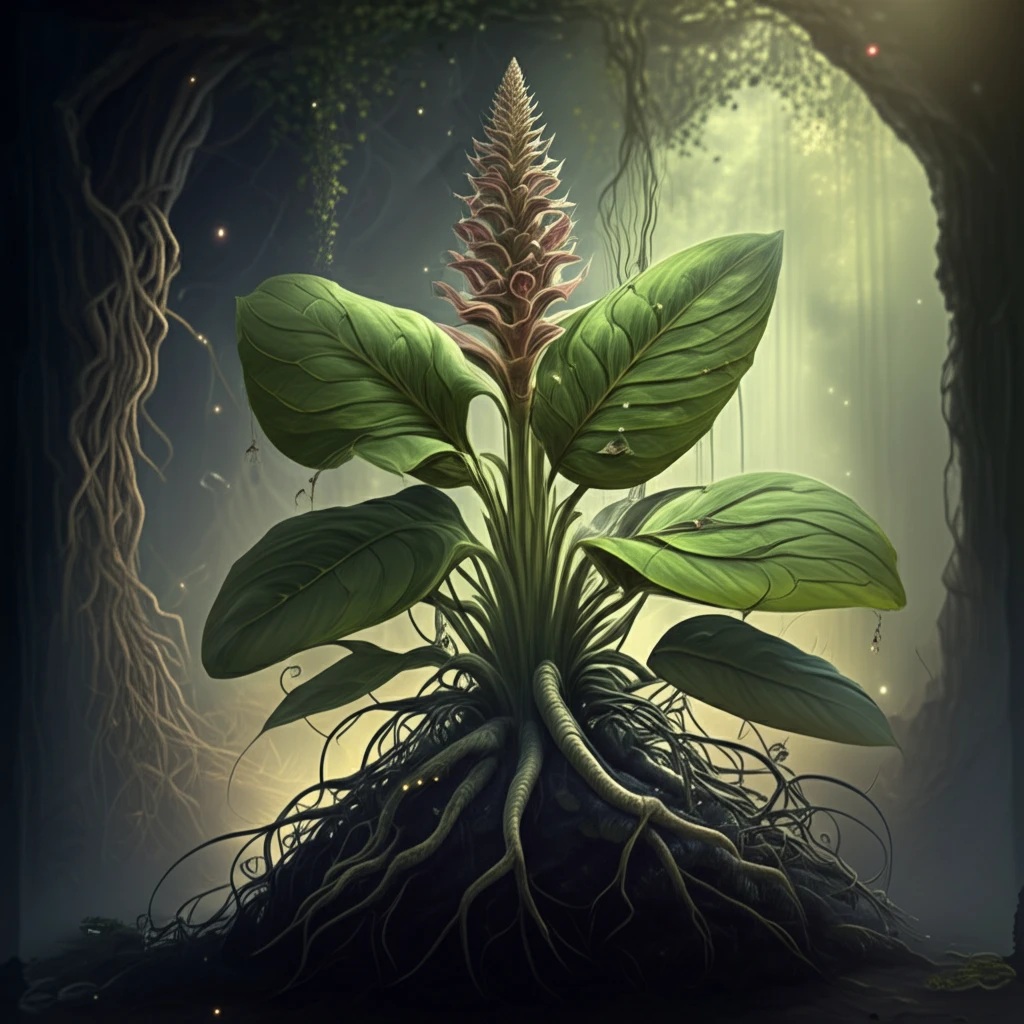
Nature's Pharmacy: Unlocking the Anthelmintic Potential of Phrynium imbricatum
"Discover how this Southeast Asian plant could revolutionize the treatment of parasitic worm infections, offering a natural alternative to conventional medications."
For centuries, traditional medicine has turned to nature's vast pharmacy for solutions to human ailments. Before modern pharmaceuticals, plants were the primary source of remedies, a practice that continues to hold relevance in many parts of the world. Among the diverse array of plants studied for their therapeutic properties, Phrynium imbricatum, a rigid herb from the Marantaceae family, is emerging as a promising candidate for its anthelmintic, or worm-expelling, capabilities.
Helminthic infections, caused by parasitic worms, affect billions worldwide, particularly in developing countries. These infections can lead to chronic health issues, stunted growth in children, and reduced quality of life. While chemical anthelmintics have been the mainstay of treatment, increasing resistance and concerns about side effects have spurred the search for alternative strategies. This has led researchers to explore the potential of medicinal plants like Phrynium imbricatum.
Recent research has focused on understanding the anthelmintic properties of Phrynium imbricatum, investigating its effectiveness against parasitic worms and identifying the active compounds responsible for its therapeutic effects. This article delves into the findings of a study that explores the in vitro anthelmintic activity of Phrynium imbricatum leaves and their condensed tannin content, shedding light on its potential as a natural remedy for worm infections.
What Makes Phrynium imbricatum a Potential Anthelmintic?

A recent study investigated the therapeutic effects of ethanol extract and its different fractions of Phrynium imbricatum leaves in anthelmintic (in vitro) and to determine their total condensed tannin content. The researchers extracted compounds from Phrynium imbricatum leaves using ethanol and then separated the extract into different fractions using solvents like chloroform, petroleum ether, n-hexane, and ethyl acetate. These fractions were then tested for their ability to combat parasitic worms in a laboratory setting, using aquarium worms (Tubifex tubifex) as a model. They also measured the amount of condensed tannins in each extract.
- Ethanol Extract (EEPI): Showed the strongest anthelmintic activity.
- Chloroform Fraction (CHFPI): Also exhibited significant anthelmintic effects, though less potent than EEPI.
- Ethyl Acetate Fraction (EAFPI): Demonstrated moderate anthelmintic activity.
- N-Hexane Fraction (NHFPI) and Petroleum Ether Fraction (PEFPI): Displayed the weakest anthelmintic activity.
The Future of Natural Anthelmintics
The study's findings highlight the potential of Phrynium imbricatum as a source of new anthelmintic compounds. While further research is needed to isolate and identify the specific active components responsible for its anti-worm effects, this plant holds promise for the development of natural remedies for parasitic worm infections. As drug resistance continues to pose a challenge in anthelmintic treatment, exploring alternative strategies like medicinal plants becomes increasingly crucial. Phrynium imbricatum and other tannin-rich plants may offer a sustainable and effective approach to combating helminthic infections, improving the health and well-being of communities affected by these parasites.
